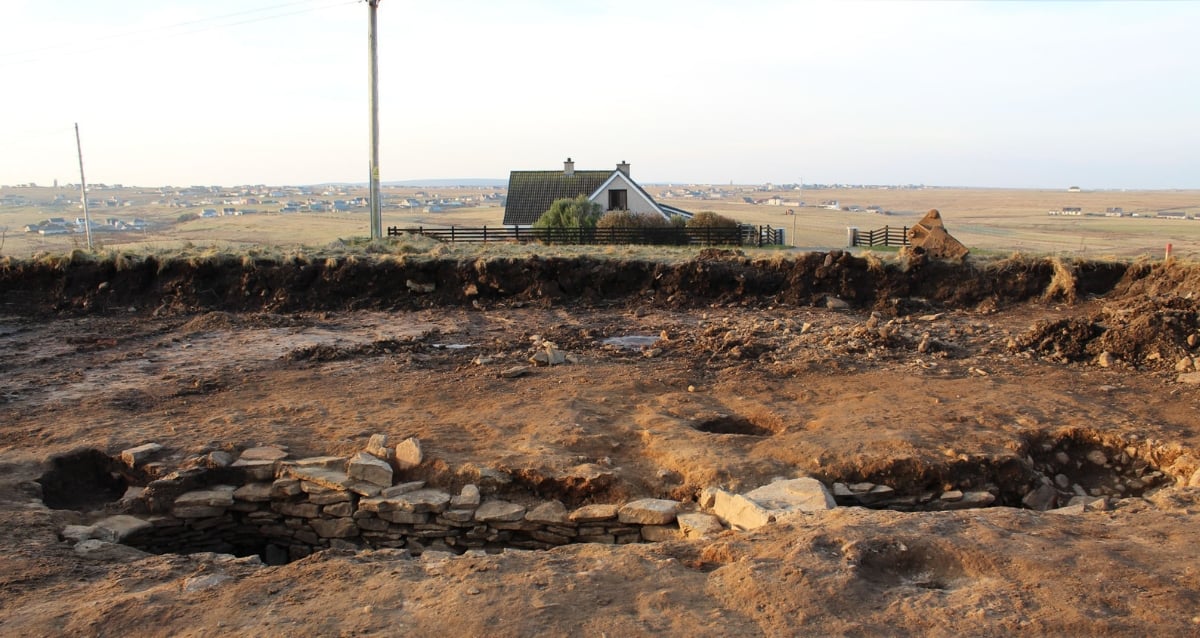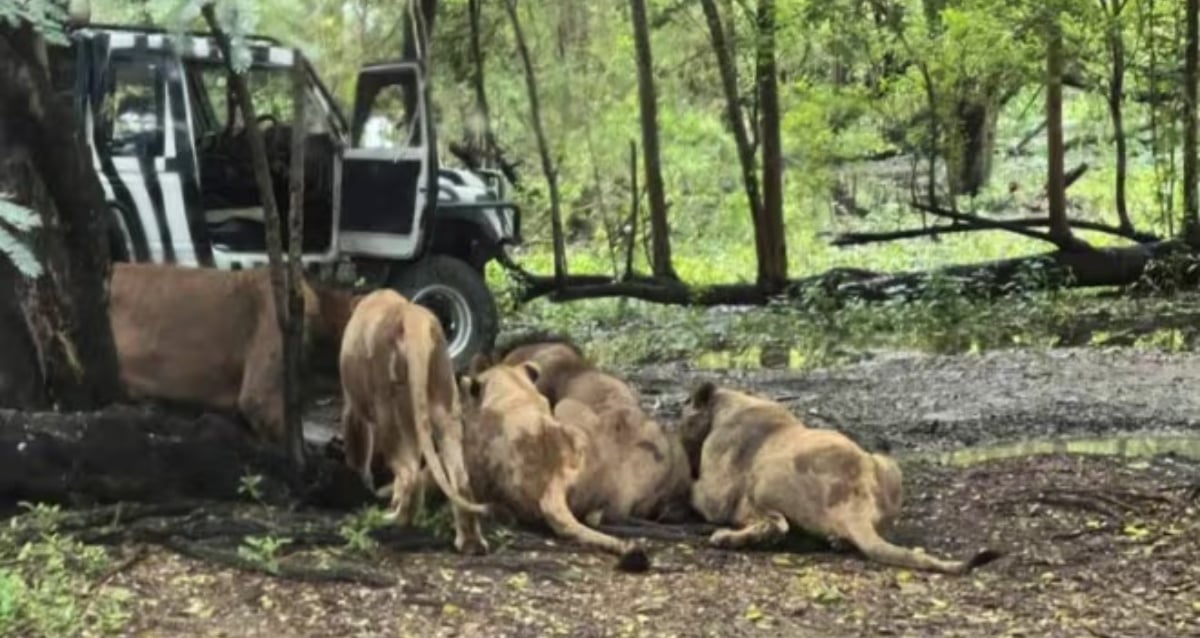Hidden for Millennia: Newly Discovered 2,000-Year-Old Underground Chamber Unearths Scotland’s Ancient Secrets
Ever wonder how people kept their milk from turning into a science experiment long before refrigerators and ice makers? Well, turns out, some clever Iron Age folks in Scotland had a pretty nifty solution: an underground stone chamber called a “souterrain.” Picture this—dark, chilly, stone-lined corridors just the right size to stash your perishable goods away from the mischievous weather above. Discovered by chance during a house build in the quaint village of Knockaird, this nearly hidden cold storage cellar offers us a chilly peek into prehistoric food preservation tactics. It makes you kinda grateful for modern conveniences, right? But hey, there’s more than just cool temps here—pottery shards and sealed entrances whisper stories of ritual and daily life that archaeologists are just beginning to unravel. Ready to dive beneath the surface of Iron Age ingenuity? LEARN MORE
This stone “souterrain” was likely used as a cold storage cellar during the late Iron Age.
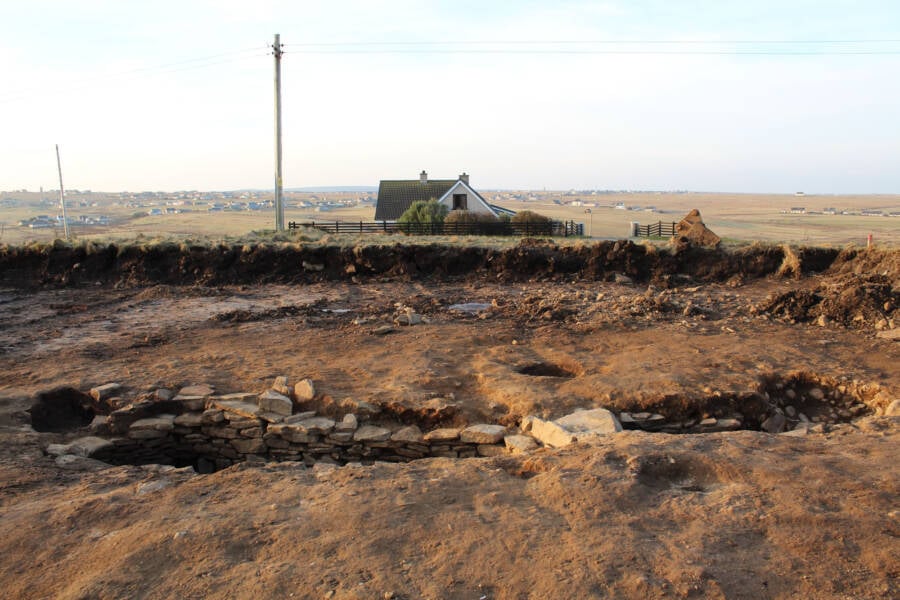
AOC ArchaeologyThe Knockaird souterrain was first discovered in 2018.
In 2018, a construction project in the small village of Knockaird on Scotland’s Isle of Lewis revealed the presence of an underground stone chamber known as a “souterrain” beneath the property of a local resident.
Following the discovery, experts from AOC Archaeology were called in to conduct an excavation, during which they ascertained that the chamber was originally built during the Iron Age. Now, seven years after it was first discovered, the details of what they found have been made public.
The Ancient Underground Chamber Discovered In Knockaird
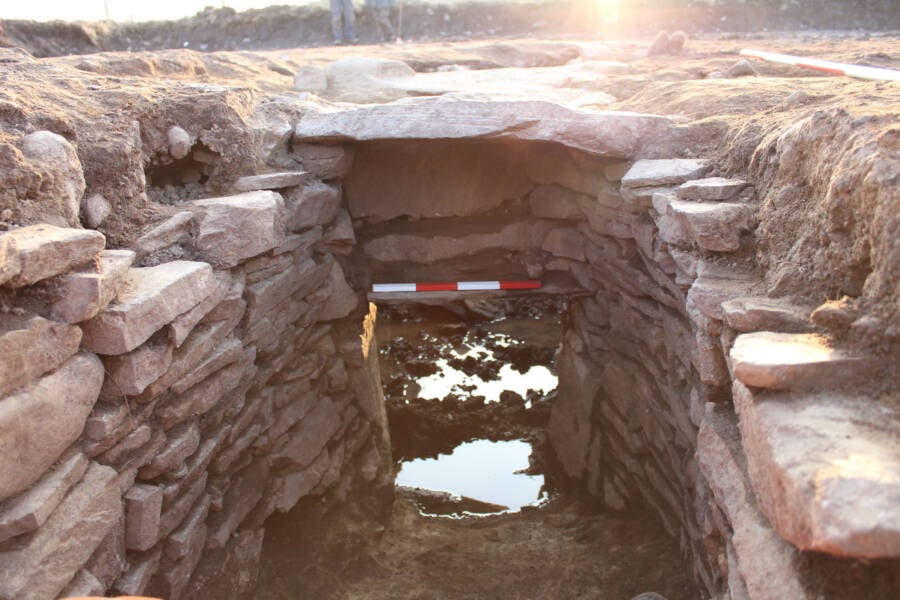
AOC ArchaeologyThe entrance to the chamber was sealed with soil in the post-medieval period.
Workers first came across the underground chamber known as a souterrain while building a new house for a resident of Knockaird in 2018.
Souterrain comes from the French sous terrain, meaning “underground.” These subterranean structures are typically built from timber or — as in this case — stone and generally form a curving underground passage or chamber.
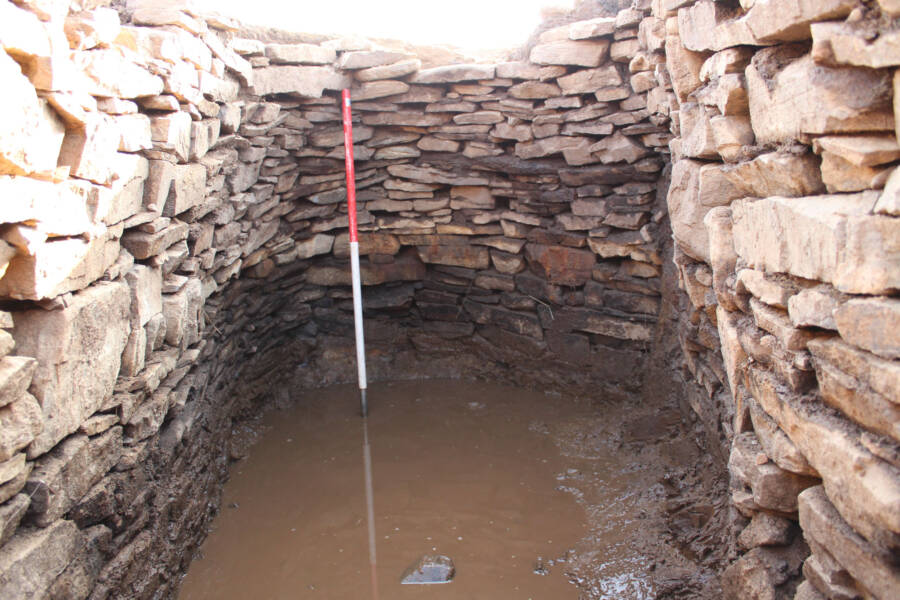
AOC ArchaeologyThe souterrain is only about four-and-a-half feet high.
Because neither human remains nor grave goods are found in these chambers, experts believe they were used for storage in domestic settlements. The dark, cool environment would have been ideal for preserving foods like dairy and meat.
According to experts from AOC Archaeology, souterrains are found across Europe and Scotland, with 82 known souterrains in the Western Isles alone. However, few have been excavated with modern archaeological methods, meaning the Knockaird souterrain offers a unique glimpse into these ancient structures.
The souterrain itself is just under 22 feet in length, about four feet wide, and four-and-a-half feet tall. It was accessed via a shallow pit, with three large stone steps descending into the stone-lined passage.
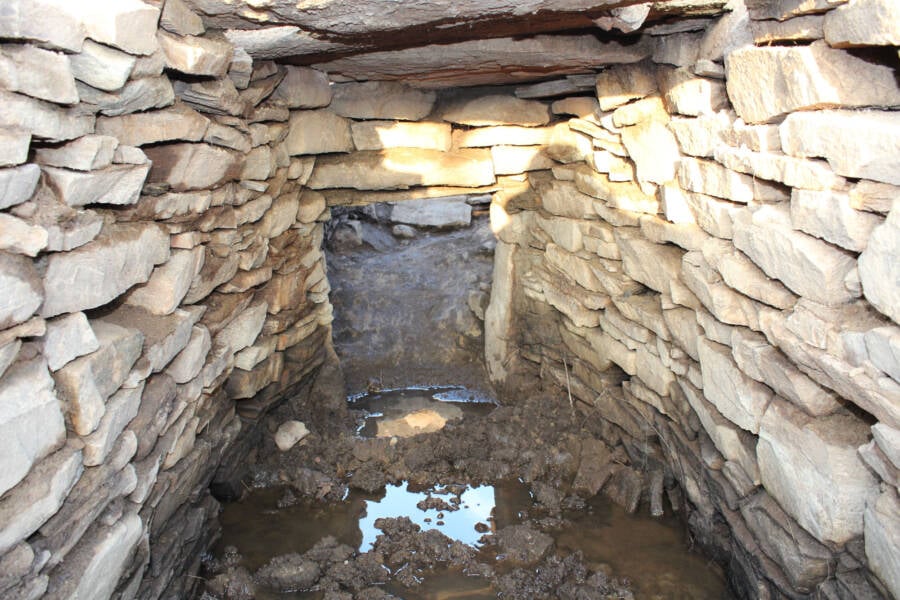
AOC ArchaeologyThe interior of the chamber, which was most likely used to store and preserve food.
Archaeologists also noted that the steps had been purposefully covered with dirt, blocking the entrance sometime during the post-medieval period. Given the newer soil, experts theorized that this may have been a farmer’s attempt at closing the hole so livestock would not fall in — but there’s also evidence that the chamber was sealed during a ritual ceremony.
Artifacts Recovered From The Knockaird Souterrain
Inside the souterrain, archaeologists unearthed a total of 264 pottery fragments but no complete vessels. They estimated that the fragments would make up around 23 full jars, which were “skillfully finished” and decorated.
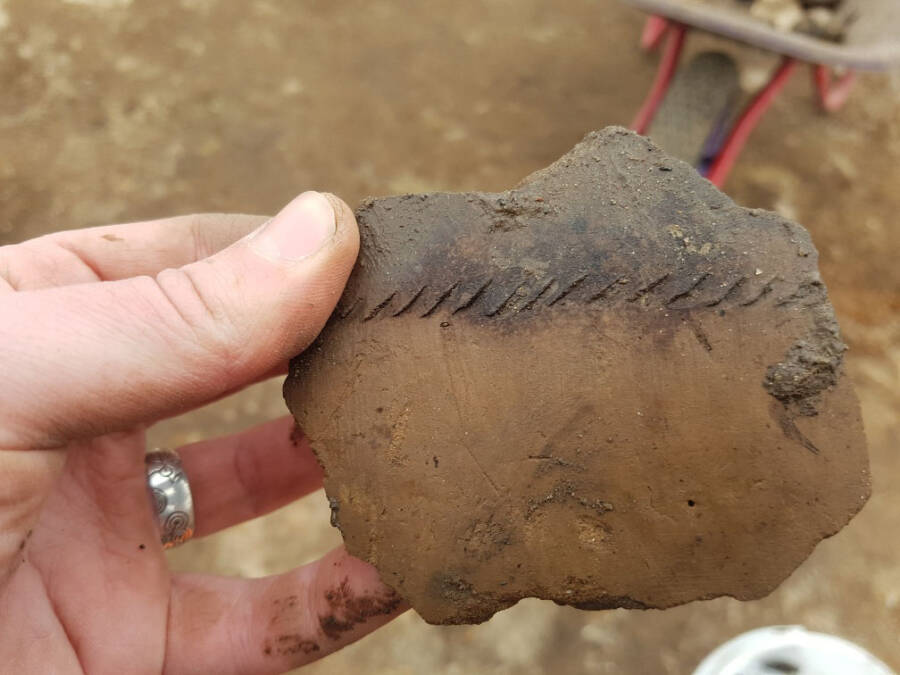
AOC ArchaeologyThe herringbone decoration on one piece of pottery found in the chamber.
One vessel showed signs of being used to boil water, and other fragments had a layer of carbon present on their surface that suggests they were heated over open hearths. However, there were no burnt food fragments, so they likely weren’t utilized for regular cooking. This finding supports the idea that the chamber was for storage.
Archaeologists also discovered a large number of pottery fragments directly at the base of the steps. This may point to a purposeful closing ceremony or ritual performed during the Iron Age.
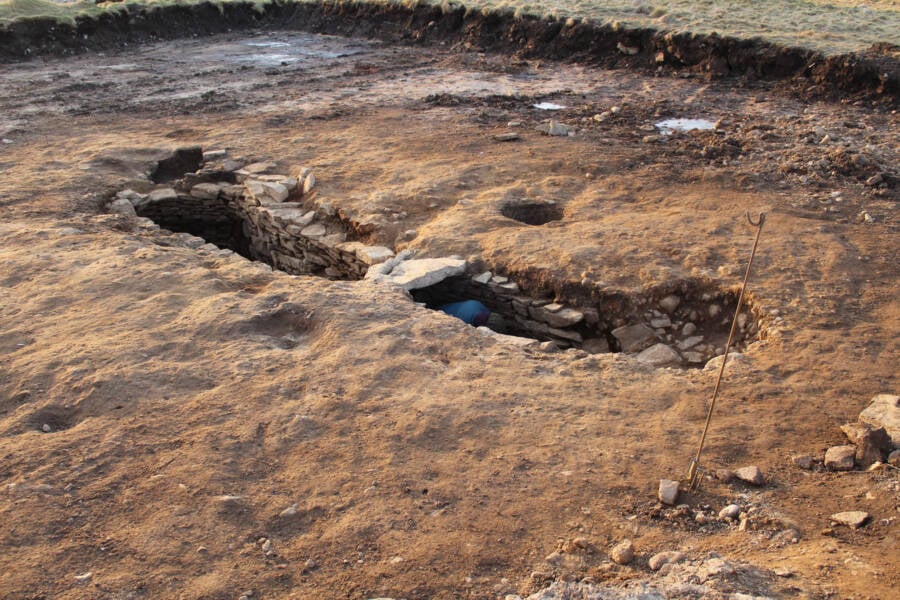
AOC ArchaeologyThere are 82 known souterrains in the Western Isles alone.
Thus, while the Knockaird souterrain may not have revealed any ancient treasures or groundbreaking relics, it is providing fascinating insight into the lives of ancient Europeans.
After taking a look inside this ancient souterrain found in Scotland, learn more about Scottish history by reading about the Picts, the ancient people who fought off the Roman Empire. Then, read about Scotland’s Stone of Scone, the rock that has played a role in royal coronations for centuries.
